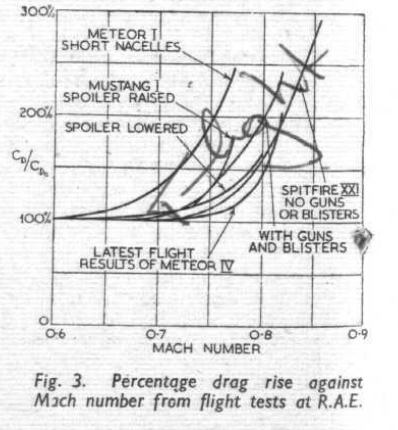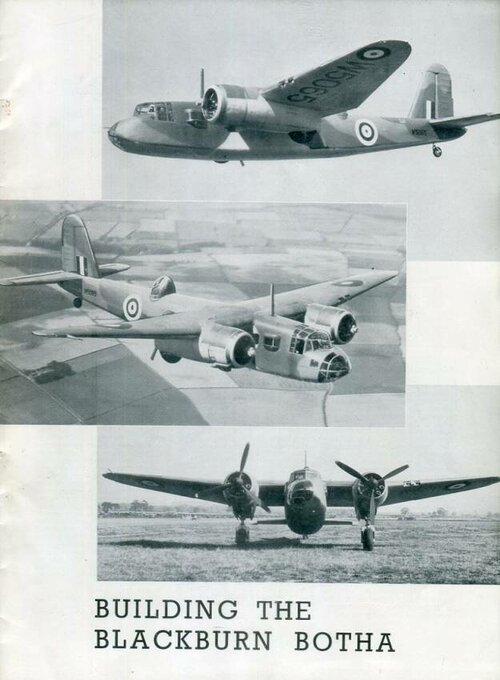Hi,
Of course, thanks for pointing out that typo ... I've corrected my post accordingly.
That's in fact a bit surprising, but it might be explained by the, at the time, mostly theoretical nature of the topic.
"Die Pfeilflügelentwicklung" by Maier quotes Harry Egerton Wimperis, who took part in the Volta congress as well, as stating during the concluding discussion at the congress, "... to fly fast at altitude, we still need to wait for the development of new propulsive devices, such as jet engines. We're still far away from a practical application of these. But one day, thanks to the excellent work of this congress, we will know how it has to be done. Then all that remains will be to convince the passengers to fly at such great altitudes and speeds".
I've read that too, and it sometimes gets reported as "von Kármán didn't remember", thus I thought his detailed recollection of General Crocco's sketches was interesting
Regards,
Henning (HoHun)
It was George Schairer that sent an urgent letter, while still in Germany, to his colleague Bernard Cohn at Boeing to re-design the B-47 for a swept wing, not R.T. Jones.
Of course, thanks for pointing out that typo ... I've corrected my post accordingly.
Von Kármán had been present at the 5th Volta congress in 1935 at Rome where Busemann presented his paper that included his swept wing theory, but had not paid much attention to it, like most people outside Germany.
That's in fact a bit surprising, but it might be explained by the, at the time, mostly theoretical nature of the topic.
"Die Pfeilflügelentwicklung" by Maier quotes Harry Egerton Wimperis, who took part in the Volta congress as well, as stating during the concluding discussion at the congress, "... to fly fast at altitude, we still need to wait for the development of new propulsive devices, such as jet engines. We're still far away from a practical application of these. But one day, thanks to the excellent work of this congress, we will know how it has to be done. Then all that remains will be to convince the passengers to fly at such great altitudes and speeds".
At his visit to Germany in 1945 Busemann reminded him of that presentation and von Kármán then said something like "I should have known".
I've read that too, and it sometimes gets reported as "von Kármán didn't remember", thus I thought his detailed recollection of General Crocco's sketches was interesting
Regards,
Henning (HoHun)






